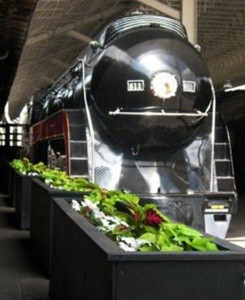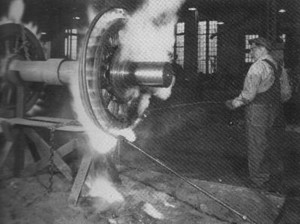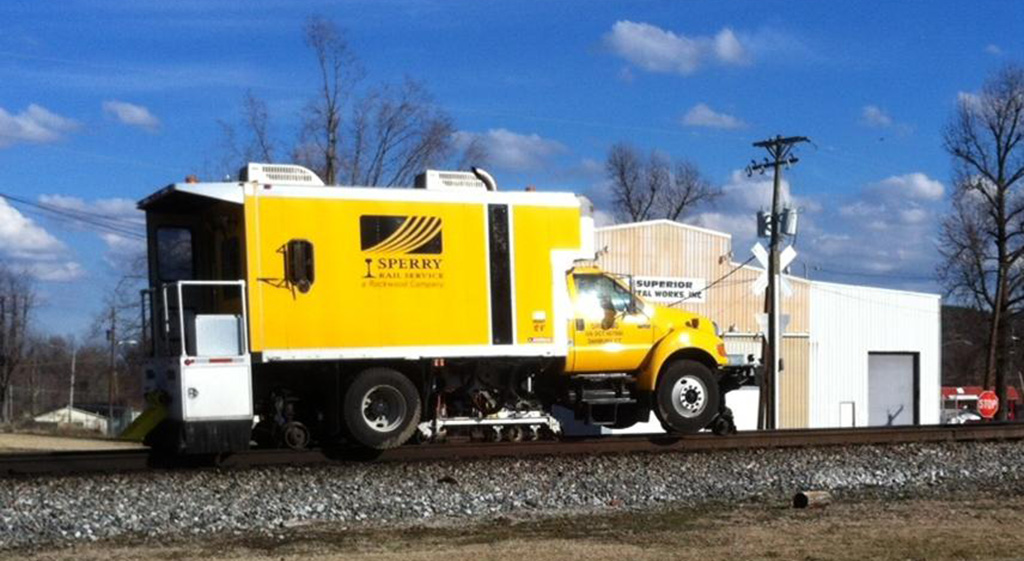| Santa Fe 3751 The Restoration |
| Pentrex |
| Full Screen DVD |
| 1 Hr |
| Trainvideodepot.com |
| 10/26/2012 |
| $24.95 total for this video and its counterpart, Santa Fe 3751 Return to Steam bought as a set |
We are given front row seats as we observe the awe-inspiring process of Santa Fe 3751’s restoration undertaken by members of the San Bernardino Railroad Historical Society. The restoration of this 4-8-4 steam locomotive took place over a period of more than ten years beginning in 1981. The 3751 was the first Santa Fe Northern type locomotive and it was the first one ever produced by the Baldwin Locomotive Works.
The San Bernardino Railroad Historical Society was established primarily for the purpose of this restoration. The dedication of these people is almost beyond belief. Many took leaves of absence from their jobs for up to one year and one member even took early retirement just to be able to work on this project full time.
If you have ever wanted to see a steam locomotive completely disassembled, here is your chance. The 3751 was torn down as far as a locomotive can be torn down. The fire box was refurbished, the boiler flue tubing was totally replaced, and every sub component on the engine was torn down and rebuilit.
Given the enormity of this project, it is truly a miracle that it was completed successfully. It only happened because of the dedication and the skills of the San Bernardino Railroad Historical Society members. I am very confident that you wil say that watching this video was an hour of your time well spent.




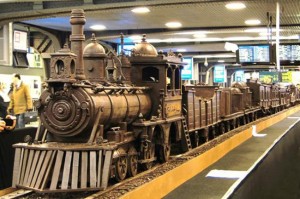
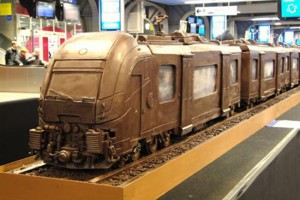
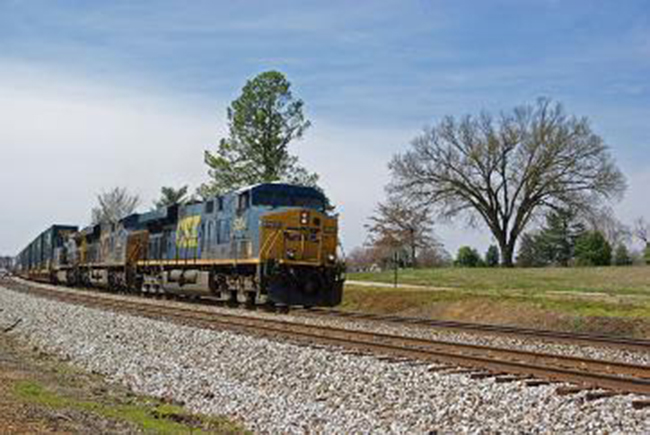
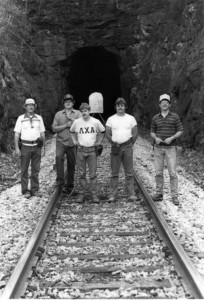
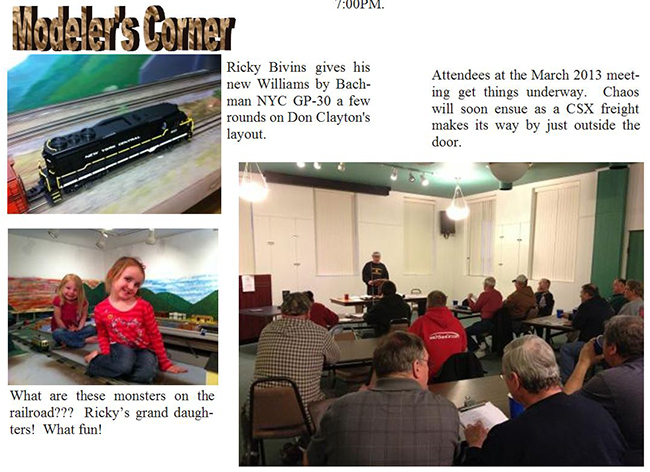
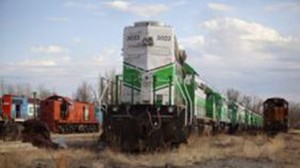 Several chapter members were involved in the process of making the recent public radio feature “Kentucky High Iron” which aired Sunday morning, March 2, 2013, on WKMS public radio on the campus of Murray State University. The NPR station is giving CD copies of the story to new subscribers. Although the spring campaign ends Saturday, March 16, you might still get a copy by contributing to WKMS, 1-800-599-4737, or go online to
Several chapter members were involved in the process of making the recent public radio feature “Kentucky High Iron” which aired Sunday morning, March 2, 2013, on WKMS public radio on the campus of Murray State University. The NPR station is giving CD copies of the story to new subscribers. Although the spring campaign ends Saturday, March 16, you might still get a copy by contributing to WKMS, 1-800-599-4737, or go online to 